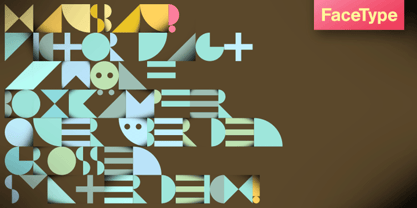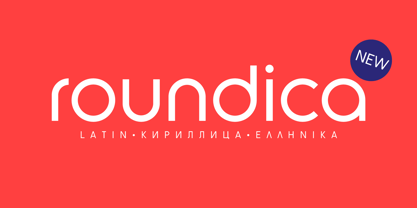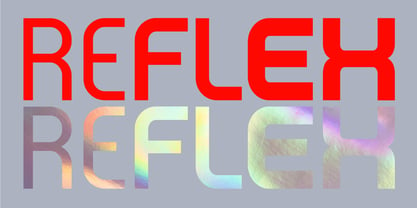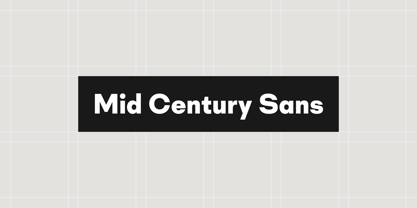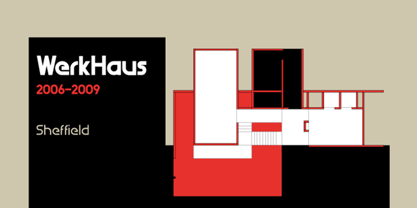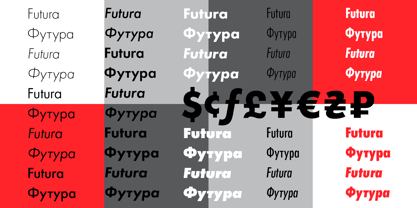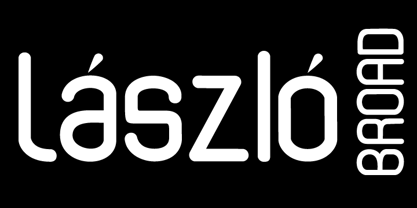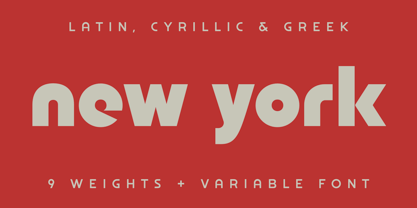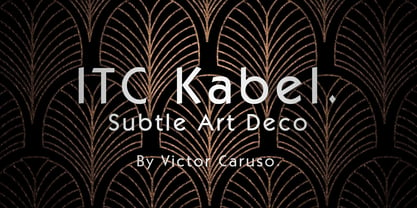2,552 search results
(0.024 seconds)
- Hausbau by FaceType,
$8.00 - Roundica by Fontease,
$20.00 - Reflex by Sudtipos,
$29.00 - Mid Century Sans by Dharma Type,
$19.99 - WerkHaus by The Northern Block,
$12.80 - Futura PT by ParaType,
$30.00 - GoudyMedieval - Unknown license
- Magik - Unknown license
- MKorsair - 100% free
- PenPalOne1 - Unknown license
- László by Just My Type,
$20.00 - Slant - Unknown license
- Western - Unknown license
- Verve - Unknown license
- MemphisDisplay - Unknown license
- Lombardic - Unknown license
- CosmosCaps - Unknown license
- FATSOcaps - Unknown license
- CelticHand - Unknown license
- Vivala - Unknown license
- SUNSET - Unknown license
- Mortbats - Unknown license
- Psychedelic - Unknown license
- Zirkle - Unknown license
- Notetaker - Unknown license
- CoiledUncial - Unknown license
- CarolesChunk - Unknown license
- BrightonBold - Unknown license
- OTC New York by OTC,
$39.00 - DS Kolovrat - Unknown license
- Xevius - Unknown license
- Kabel by Linotype,
$40.99 - Blippo by Bitstream,
$29.99 - Pentaprism NF by Nick's Fonts,
$10.00 - Reross by Adobe,
$29.00 - Alfarn by Adobe,
$29.00 - KAHorrible - Unknown license
- ThreadFun - Unknown license
- FanciHand - Unknown license
- MKristall - 100% free
